Harriet Beecher Stowe Center
77 Forest Street
Hartford, CT 06105
860-522-9258
info@stowecenter.org
Harriet Beecher Stowe Center
77 Forest Street
Hartford, CT 06105
860-522-9258
info@stowecenter.org
Exhibit created by Sophia Jones, Class of 2023, Trinity College
Uncle Tom’s Cabin produced a wide range of political, social, and cultural uproar. These reactions were especially prevalent in the American South where enslavers felt the novel inaccurately portrayed southern life. To express their disapproval of Harriet Beecher Stowe’s seminal anti-slavery novel, pro-slavery authors wrote Anti-Tom books within the first few years following the publication of Uncle Tom’s Cabin in March of 1852.

Collections items sometimes include negative depictions and/or understandings of people or culture, sometimes referred to as stereotypes, as well as language that is racist in nature. These stereotypes do not allow recognition of and appreciation for individuality and personal agency. The Stowe Center shares these collection items to prompt understanding of how racism has persisted through the legacy of Uncle Tom’s Cabin and American history. The Stowe Center is committed to preserving historic collections that deepen our awareness of racism’s modern representation in order to build a more just future.
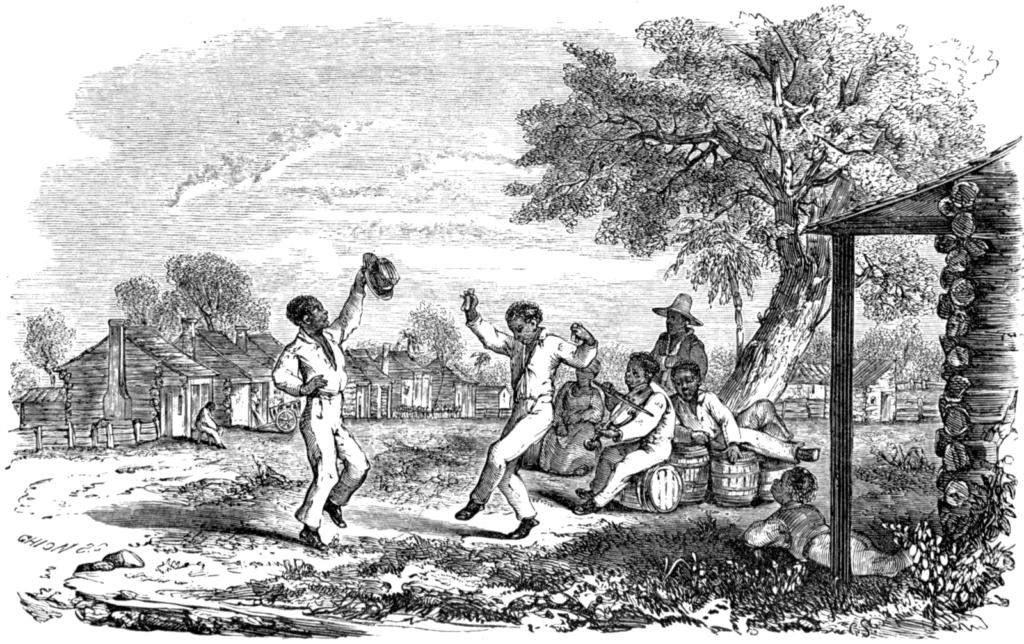
Published less than a year after Uncle Tom’s Cabin, this novel was perhaps the most well-known anti-Tom novel of its time and serves as the antithesis to Uncle Tom’s Cabin. The enslavers in Aunt Phillis’ Cabin are respectful towards the enslaved people, who are depicted as happy.
The image displays a positive scene of enslaved people on a plantation and illustrates the way that Eastman presents slavery in Aunt Phillis’ Cabin.
Both Stowe and Eastman write from Christian perspectives. Stowe recognizes all human beings — including enslaved ones — to be equal in the eyes of God, and thus uses Christianity to highlight the injustices of human enslavement. On the other hand, Eastman contends that human enslavement is an institution ordained by God.
“Open your Bible, Christian, and read the commands of God as regards to slavery — the laws that he made to govern the conduct of the master and the slave!”
-Mary H. Eastman in Aunt Phillis’ Cabin (1852)
This pro-slavery novel introduces another version of “Uncle Tom” who is compelled by deceiving northern white abolitionists to seek freedom from the Virginia plantation where he resides. Realizing that his abolitionist capturers lured him to the North, Tom finds himself in Canada where he is recaptured by his Virginia enslaver. The book portrays the recapturing of Tom as an act of rescue and that his life as an enslaved human being on the plantation is better than freedom.
The image depicts Uncle Tom as he returns to the Virginia plantation. His “pleasant smile” suggests that he is happy upon his return. This image is described in the quote below.
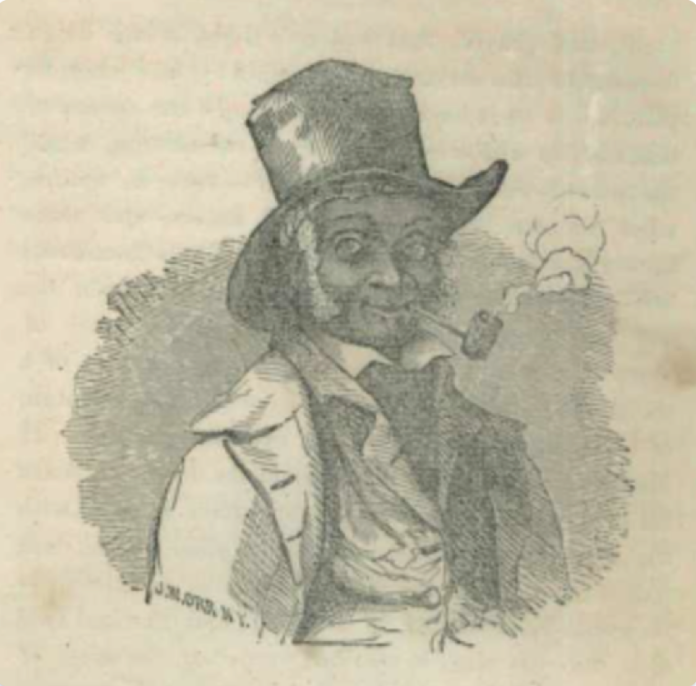
“With a pleasant smile, and a kind word for all he met, the slave [Uncle Tom] caught up his children with a pleasure bordering on wildness. He kissed and hugged them, his large eyes streaming with tears of joy. He had not language to express his emotions of gratitude, for being permitted to again to stand upon his native soil!”
-William L.G. Smith in Life At The South (1852)
 |
The newspaper, Frederick Douglass’ Paper, offers critique and support towards Stowe’s Uncle Tom’s Cabin in various articles. Douglass deeply criticizes Smith’s pro-slavery response in an 1852 publication, Life At The South is condemned as “trash.” |
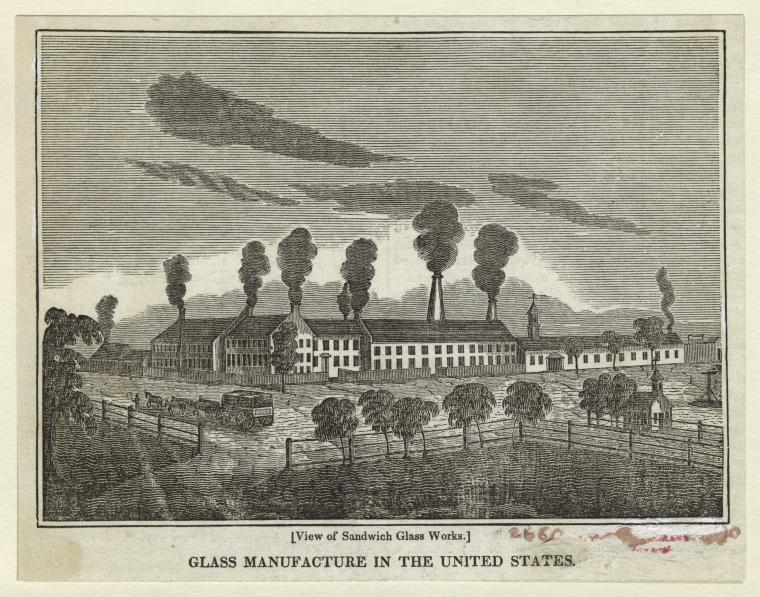 |
This book differs slightly from other books in the anti-Tom genre because rather than offering an anti-abolitionist argument, The Cabin and Parlor argues from an anti-capitalist angle. It criticizes the North’s reliance on capitalism and its exploitation of the working class. |
“Many of what are popularly considered evils peculiar to slavery exist in all conditions of poverty.”
-Charles Jacobs Peterson in The Cabin and Parlor (1852)
|
|
A wealthy Virginia family goes bankrupt and must sell their enslaved people. The son of the family travels north where he is hired as a clerk and is worked to death, literally. This novel characterizes the son as a “Northern slave” and argues in favor of the enslavement of Black Americans instead.
|
The images display glass factories in 19th century New York and depict the working environment that author Peterson criticizes in The Cabin and Parlor.
|
This book is a piece of children’s literature that appeals to a younger audience. Author Cozans extracts one of the principal characters in Uncle Tom’s Cabin, Eva (daughter of a wealthy enslaver), and constructs a new pro-slavery narrative for her.
In Little Eva, Eva resides on an Alabama plantation and interacts with enslaved children. Through a white savior lens, Eva is portrayed as kind towards the Black children as she teaches her peers the alphabet and reads the Bible. |

|
“It is Sabbath morning, and Eva as usual, is reading the Bible to the colored people; she has learned some of them to read, but they would rather hear Eva read than read themselves for they say her voice is so sweet; and she always explains all the questions they ask her so pleasantly, that it is a great pleasure to hear”
-Philip J. Cozans in Little Eva, The Flower of the South
 |
 |
Illustrations from pages 2 & 3 of Little Eva, The Flower of the South
 |
This anti-Tom novel argues that the lives of enslaved Black Americans are better than how northern abolitionists have described — such as Harriet Beecher Stowe in Uncle Tom’s Cabin. In The Planter’s Northern Bride, the wife of an enslaver initially criticizes her husband’s enslavement of human beings, but comes to recognize her husband’s kind treatment toward the enslaved people and how “well off” the Black Americans are in enslavement. |
“From the abundant opportunities we have had of judging, we give it as our honest belief, that the negroes of the South are the happiest labouring class on the face of the globe … the fugitives who fly to the Northern States are no proof against the truth of this statement”
–Caroline Lee Hentz in The Planter’s Northern Bride
“The personal experiences of the colored Canadians, while held in bondage in their native land, shed a peculiar lustre on the Institution of the South. They reveal the hideousness of the sin.”
-Benjamin Drew in The Refugee
|
Although this book falls within the anti-Tom genre, it differs from others that were published during the 1850s because it is a piece of non-fiction and does not argue from a pro-slavery perspective. Instead, author Benjamin Drew spoke directly with freedom-seekers who had escaped American enslavement, pursued and found refuge in Canada. Drew collected the accounts of these African-Canadian individuals and compiled them into this book. Offering a “North-side view of slavery,” the accounts present narratives that differ — and even contradict — the experiences of the enslaved characters in Uncle Tom’s Cabin. |
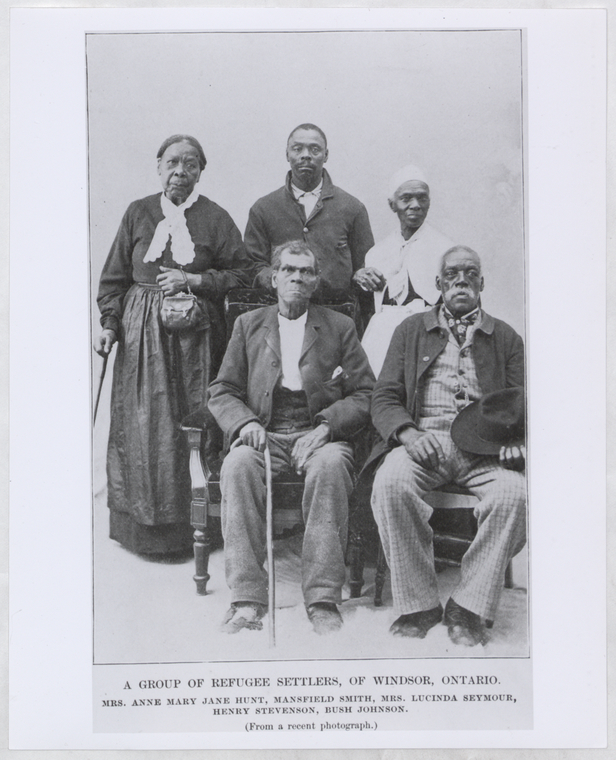 |
“Many causes … have hitherto prevented the public generally from knowing their exact condition and circumstances.”
–Benjamin Drew in The Refugee
| For instance, Harriet Tubman is included in The Refugee. She asserts that American enslavement is an institution comparable to hell that no freedom-seeker would consider returning to, as quoted below. However, Uncle Tom’s Cabin describes Uncle Tom’s initial enslavers as his extended family. |
 |
A Key To Uncle Tom’s Cabin
In response to her critics, Stowe published a second book in 1853 in which she defends her 1852 bestselling novel.
“The work which the writer here presents to the public is one which has been written with no pleasure, and with much pain.”
–Harriet Beecher Stowe in A Key to Uncle Tom’s Cabin
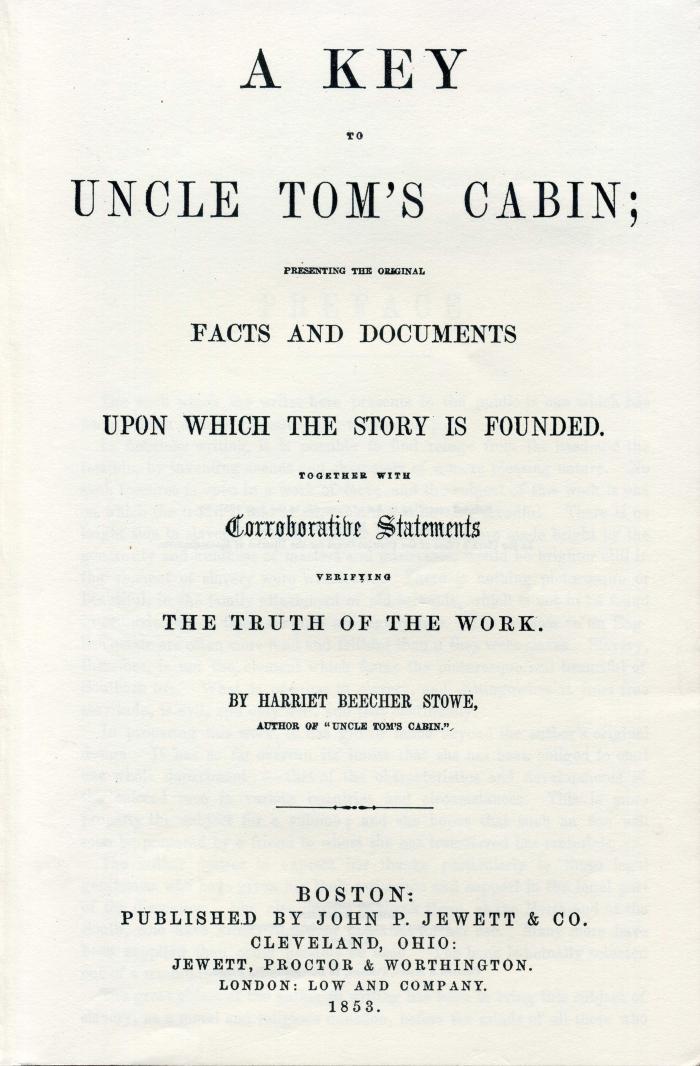 |
Stowe contends that she had not created any exaggerations or misrepresentations of the injustices of American enslavement in Uncle Tom’s Cabin, as the pro-slavery anti-Tom novels were suggesting. The public response to A Key to Uncle Tom’s Cabin was similar — if not more aggressive — than the pro-slavery reactions to Uncle Tom’s Cabin. |
“The writer [Harriet Beecher Stowe herself] has aimed, as far as possible, to say what is true, and only that.”
-Harriet Beecher Stowe in A Key to Uncle Tom’s Cabin (1853)
“Slavery, therefore, is not the element which forms the picturesque and beautiful of Southern life. What is peculiar to slavery, and distinguishes it from free servitude, is evil, and only evil.”
-Harriet Beecher Stowe in A Key to Uncle Tom’s Cabin (1853)